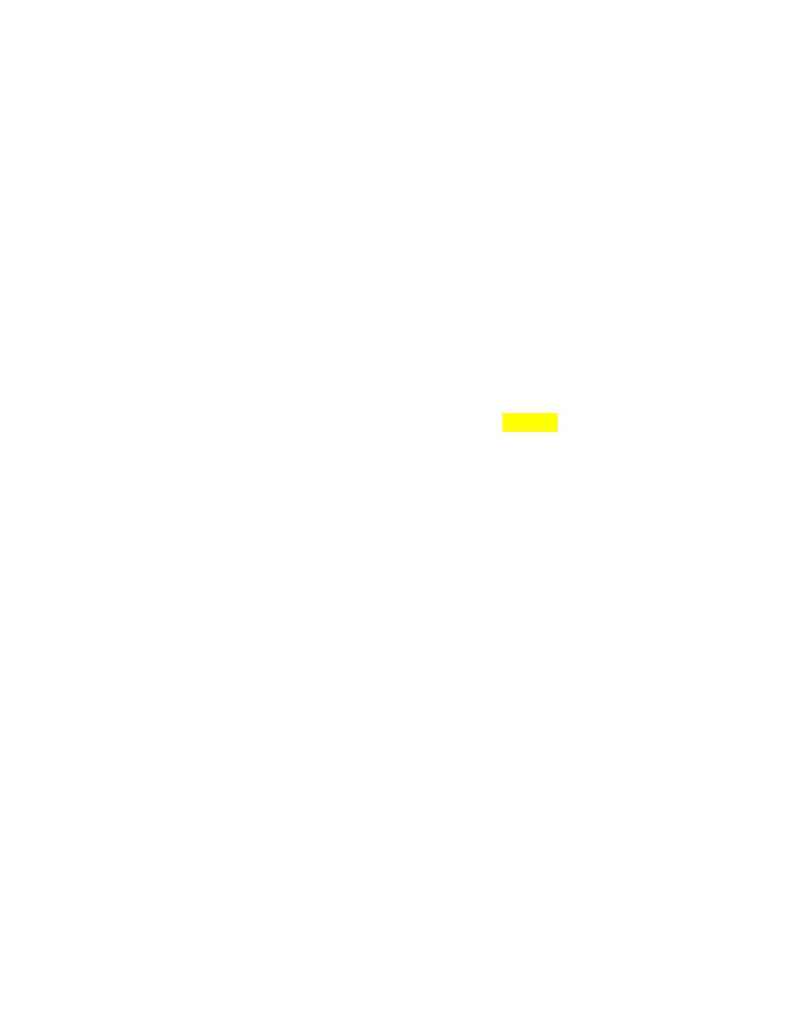
Appendix B
Page 8
Formulation/Instructions
One tablet for the clarification and disinfection of 1 liter of water from polluted sources at
temperatures of 77 degrees F (25 degrees C). At 41 degrees F (5 C) use two 600
milligram tablets to provide 2.8% available chlorine. To strain the sediment, pour the
water through the cloth provided. The tablets are stable for 3 years if stored in their
packaging out of the heat.
Comments
This is one of the individual field methods for U.S. military troops and suggested for
potential use in developing countries by the World Health Organization. It is an excellent
one-step technique for cloudy and highly polluted water. (See Table 15.)
Alum is a widely used flocculant that causes suspended sediment, colloids and many
microorganisms to clump, settle to the bottom and readily be filtered or strained. Most
Cryptosporidium oocysts would be removed by the flocculation. Some chlorine reacts
with contaminants and is inactivated. It is important to confirm some chlorine taste and
smell at the end of the contact time. For added safety, prolong the contact times up to one
hour contact time in cold polluted and dirty water.
In clear water without enough impurities to flocculate, the alum causes some
cloudiness and leaves a strong chlorine residual. After treatment, water should be poured
through a special cloth to remove floc and decrease turbidity.
Sodium dichloroisocyanurate (NaDCC)
NaDSS is a stable, nontoxic chlorine compound that releases free active chlorine and
forms a mildly acidic solution, which is optimal for hypochlorous acid, the most active
